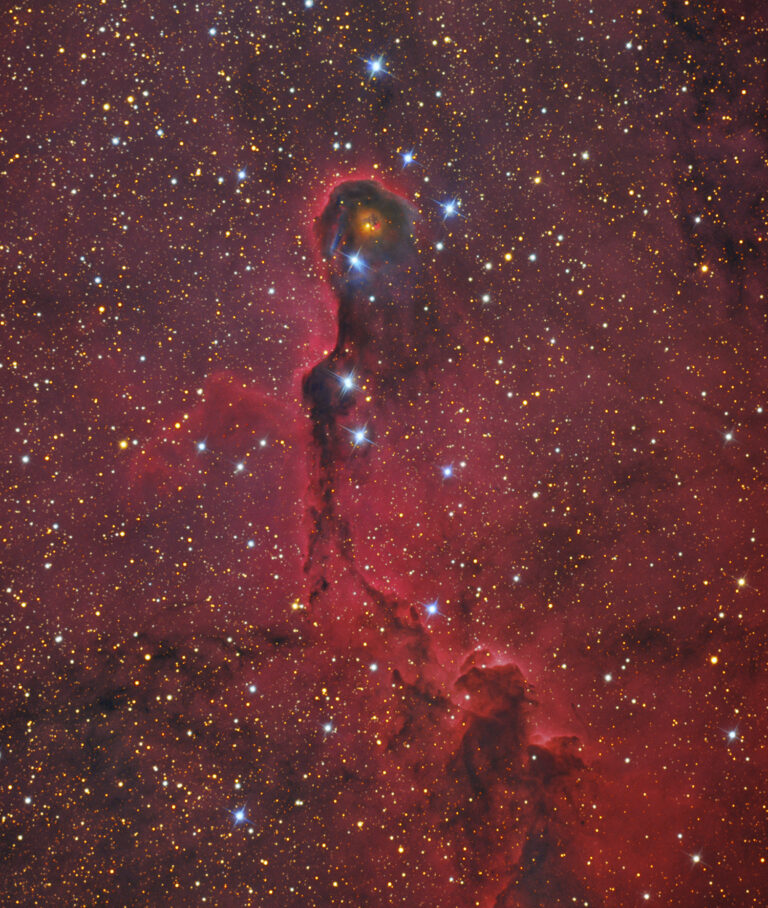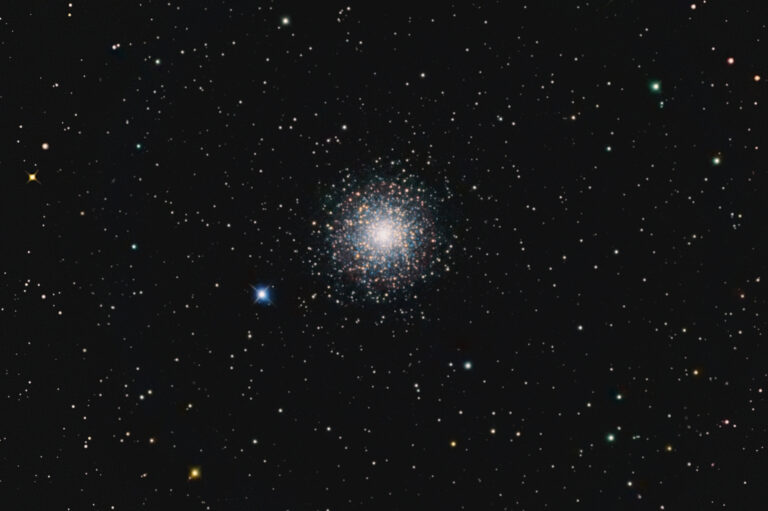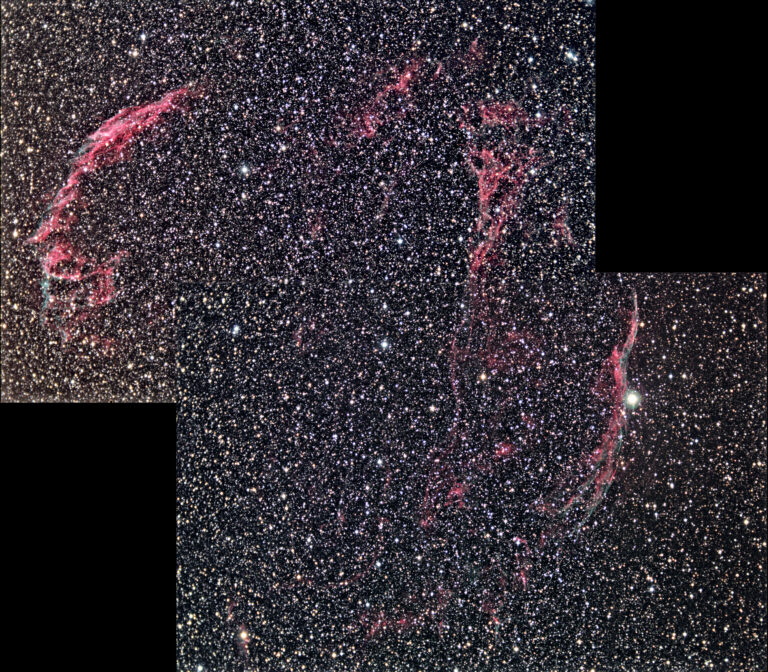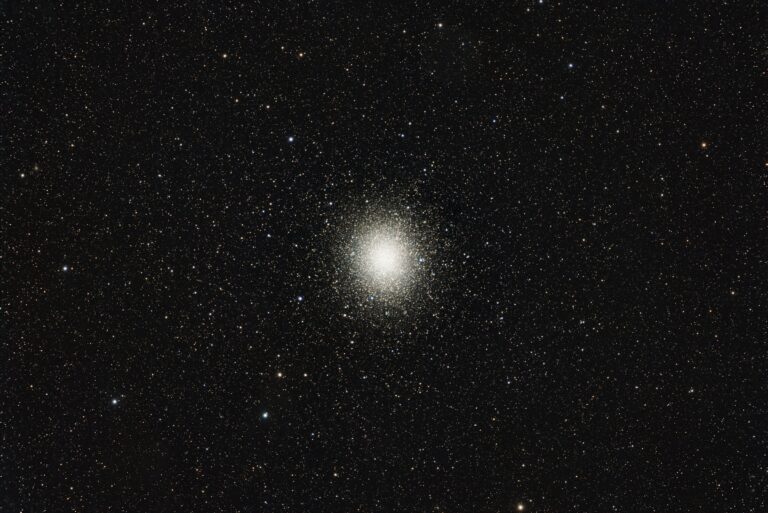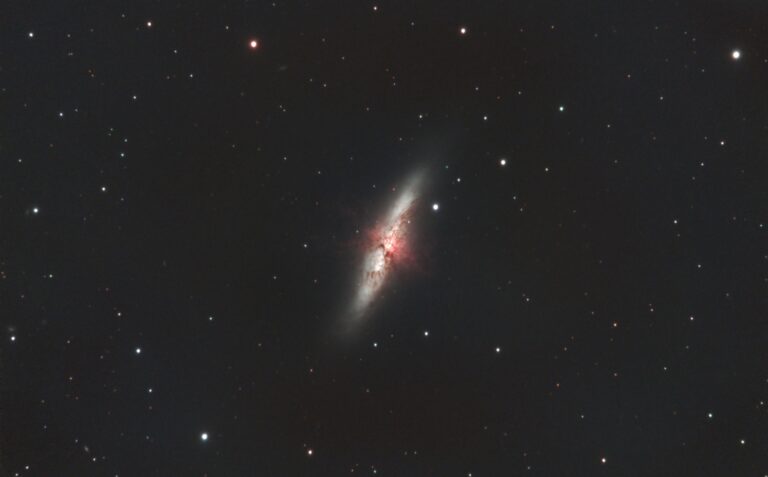
Key Takeaways:
- NGC 7789 is an open star cluster situated in Cassiopeia, discovered by Caroline Herschel in 1783, and is also known by appellations such as "Caroline’s Haystack."
- This celestial object is a relatively old cluster, estimated to be 1.7 billion years old, and is located at a distance of 7,600 light-years from Earth.
- It comprises approximately 1,000 stellar members, collectively accounting for a total mass of about 6,600 solar masses.
- Visually, the cluster exhibits a combined magnitude of 6.7 and spans an angular diameter of 16 arcminutes, characterized by a rich population of relatively faint, widely dispersed stars.
When you’re gazing at objects in the northern sky, do not forget to look at one of the richest open star clusters you’ll ever see. NGC 7789 in Cassiopeia is particularly notable for its huge mass of relatively faint stars, all set in a rich Milky Way star field, which makes for a great scene in binoculars or a small telescope.
NGC 7789 was discovered by Caroline Herschel in 1783, and it’s sometimes called “Caroline’s Haystack,” “Caroline’s Rose,” or the “White Rose Cluster.”
This object is a relatively old open cluster at 1.7 billion years. It lies a healthy 7,600 light-years away.
It’s hard to find a more spread-out cluster as richly populated as this one in many places in the sky. NGC 7789 has a combined magnitude of 6.7 and it spreads over 16’, half the diameter of the Full Moon.
This great cluster contains about 6,600 solar masses of material, with a stellar membership of approximately 1,000 Suns.

